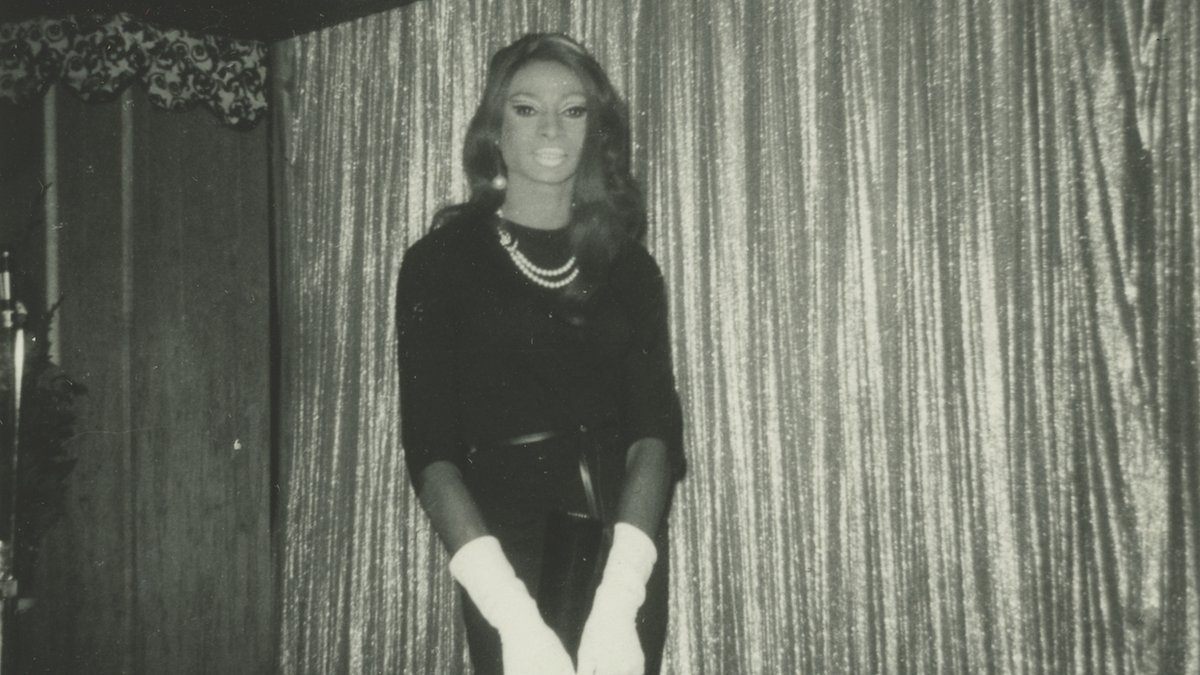It is #PrideMonth and this is the story of George Hislop, the unofficial mayor of the Toronto Gay Community.
George Hislop was born on June 3, 1927. He studied at the Banff School of Fine Arts. In 1958, he met his lifelong partner Ron Shearer.
🧵1/5
George Hislop was born on June 3, 1927. He studied at the Banff School of Fine Arts. In 1958, he met his lifelong partner Ron Shearer.
🧵1/5

In 1971, Hislop co-founded the Community Homophile Association of Toronto, one of the earliest organizations for LGBTQ individuals in Canada.
On Aug. 28, 1971, he organized the We Demand march, the first gay rights demonstration on Parliament Hill.
🧵2/5
On Aug. 28, 1971, he organized the We Demand march, the first gay rights demonstration on Parliament Hill.
🧵2/5

In 1980, Hislop ran for Toronto City Council. He received an endorsement from then-Mayor John Sewell.
Both Sewell & Hislop were subjected to harassment during the campaign & the Toronto Police Association openly campaigned against them both. Both Hislop & Sewell lost.
🧵3/5
Both Sewell & Hislop were subjected to harassment during the campaign & the Toronto Police Association openly campaigned against them both. Both Hislop & Sewell lost.
🧵3/5

In 1981, Hislop ran in the provincial election to protest the Toronto Bathhouse Raids. He was charged in those raids as part-owner of the Barracks Bathhouse. He finished fourth.
Throughout the 80s & 90s, he continued to advocate for the LGBTQ community
🧵4/5
Throughout the 80s & 90s, he continued to advocate for the LGBTQ community
🧵4/5

His partner Shearer died in 1986. In 2003, Hislop was part of a class action lawsuit to make Canada Pension Plan benefits retroactive for same-sex couples prior to 1998. The lawsuit ended in victory in 2004.
Hislop died in 2005.
A park in Toronto is now named for him.
🧵5/5
Hislop died in 2005.
A park in Toronto is now named for him.
🧵5/5

• • •
Missing some Tweet in this thread? You can try to
force a refresh

 Read on Twitter
Read on Twitter





















